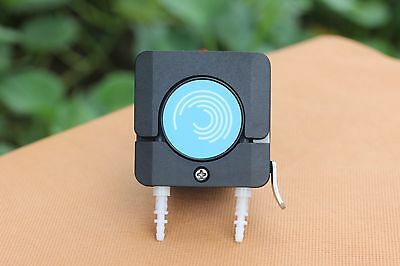Ideally, Pi 3, zero w should never have wifi issue if they are not underpowered and properly configured. If this is a router issue then wifi antenna will not help, if this is a distance /reach related issue then may be a extender /access point will be better. If you provide your setup (pi's and home network) and issues you are facing, we'll be able to help better.
This is what I get that seems to be signal related to me




















